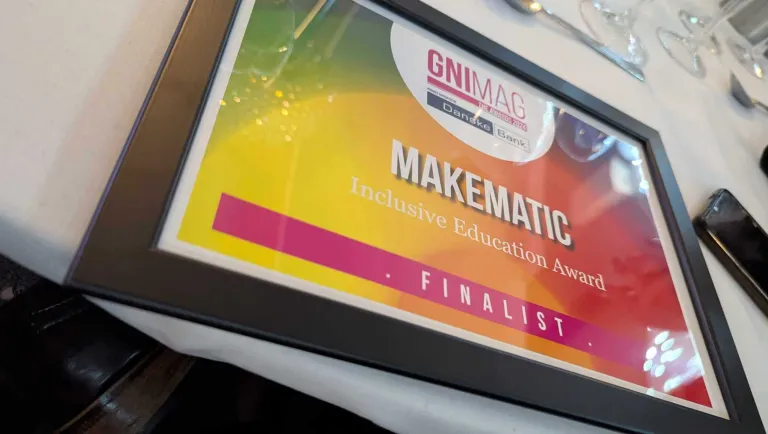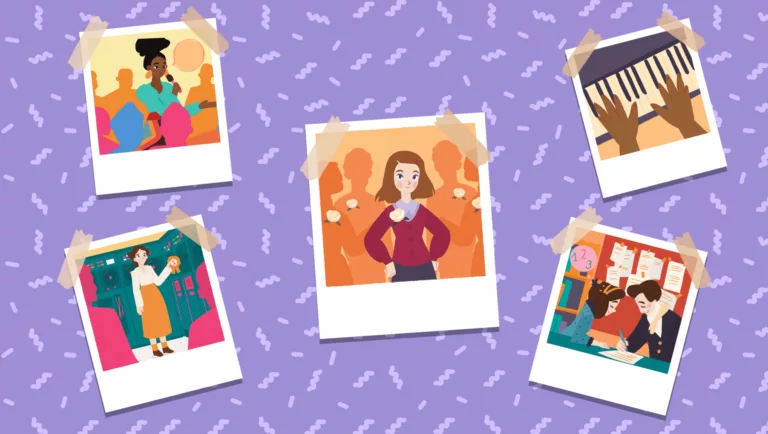
Everyone is talking about bite-sized learning. Does it actually work? (Part 1)
6th August 2018
Everyone in the education and professional learning space seems to have jumped on the bite-sized bandwagon. But is bite-sized learning a fad, or does it have have teeth?Let’s start with the basics.
What does bite-sized learning actually mean?
In a nutshell, it’s learning that is delivered in bite-sized pieces. Bite-sized learning is easy to consume and takes many forms. For example, watching a video, can be considered bite-sized if it aims to achieve specific objectives and outcomes, and manages to achieve this in a short amount of time.Better knowledge retention. How?
Bite-sized learning approaches use what cognitive psychologists call chunking to aid retention. This is a strategy of breaking down information into chunks (bite-sized) pieces so that the brain can easily digest it. In fact, we use chunking everyday. Do you remember how you learned your telephone number? You probably used chunking to do it.Chunking uses what we know about our brains memory and exploits it. The brain can only digest 7 plus or minus 2 pieces of information at any one time in the short term memory. That means that if it’s not transferred to the long term memory, it disappears, never to return again.But does it work?
Now if you scroll the internet you’ll see a myriad of articles extolling the virtues of the bite-sized phenomenon, but most, and I have to stress this, most of what you read is opinion and does not in any way reference empirical research. Sometimes the articles refer to some study conducted by a consultant, and of course the sample sizes and methodology are never explained. I’m not saying such research doesn’t have its place, but I'm only interested in empirical peer reviewed studies and research conducted by professional organisations like the CIPD or a relevant government body.The first thing that you need to know is that there isn’t a plethora of studies that have been conducted. Given that bite-sized learning is a new trend, this is not surprising. The other thing to note is that most of the learning in this area refers to micro-learning, which for the purposes of this blog article we will lump together with bite-sized learning. Why? Because the terms are often used interchangeably, and have similar objectives. I'll look at the differences between the two in a future post.Here’s what the research says:
Bite-sized learning:- Helps in the retention of information
- Has been shown to better engage learners in blended and online learning environments
- Can improve motivation and performance in professional working environments, in MOOC’s and in K-12 science education
- Can support a learners’ sense of autonomy and facilitate self-directed learning
Caveat emptor
The studies that have been linked to the points above are only a handful of the studies that have been conducted.* However, despite the small body of research, bite-sized learning approaches can work.Join the conversation
How have you used bite-sized learning for your own professional development or in the classroom? Share what you've done on the blog thread @MakeMaticIn the next post, I’ll share with what the critics have to say about bite-sized learning. I'll also give you some practical tips and tricks to enhance your classroom practice, and advice on ways bite-size learning can enhance your professional learning.
About the Author
Tara Walsh is the senior learning designer at MakeMatic. She’s been working in secondary, tertiary and learning and development for nearly 20 years and is passionate about dispelling myths about professional development trends. She’s also addicted to coffee, is a crazy cat lady and ninja in her spare time.
Connect with Tara on Twitter:@TaraWalshNinja or LInkedIn https://www.linkedin.com/in/tarawalsheducator/*In the research for this blog, more journal papers were consulted than are referenced. If you'd like a full reference list, please contact the author.Let's Work together
We’re a team of media professionals and educators that want to inspire a generation of global learners through smart, engaging educational content they love.
More about our services
Technology
Education
Professional Learning


Makematic Finalists in Inclusive Education Award

Makematic Partners with Rebel Girls for New Video Series
Follow us
